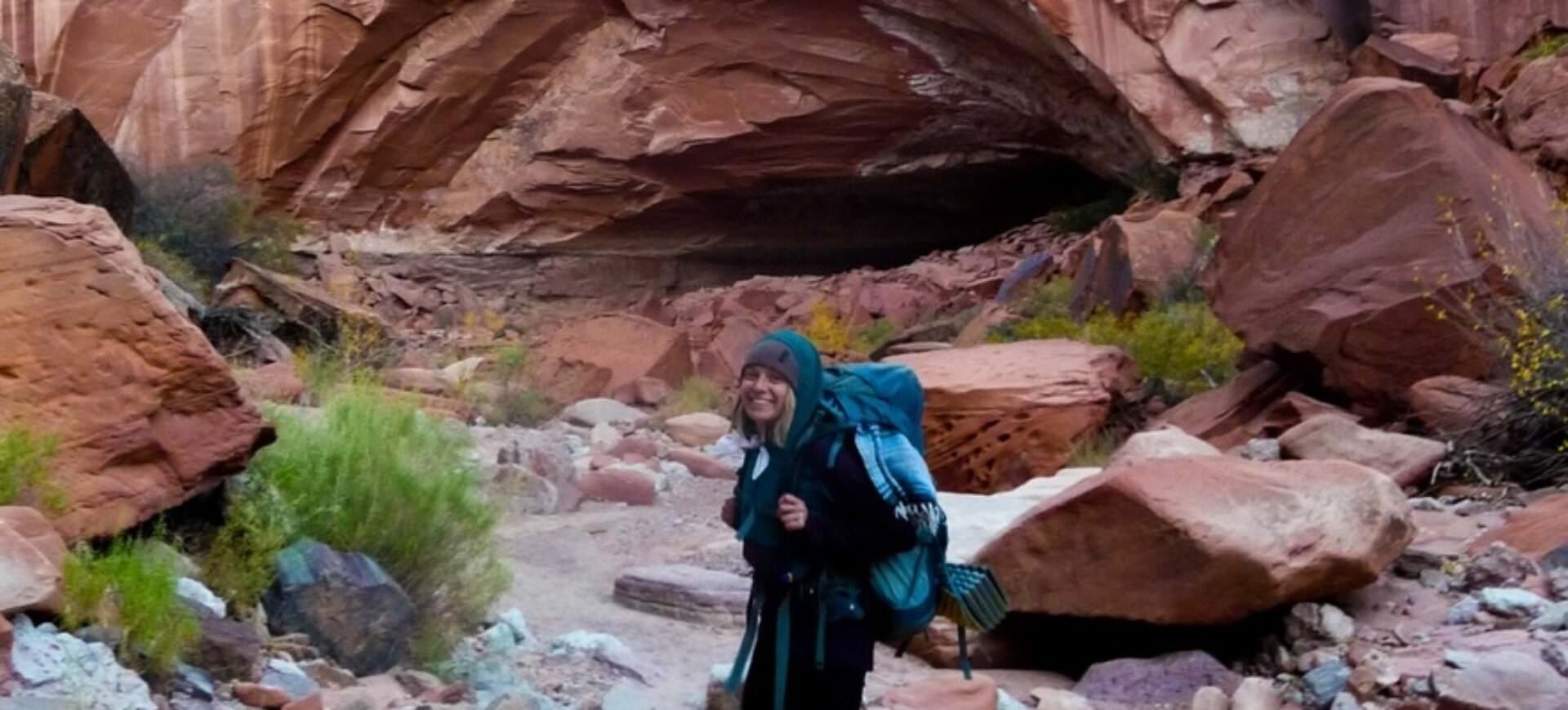Inside Inscripta: Charlotte Cialek, Applications Development
Rolling out a transformative technology like the Onyx® platform for genome engineering requires great science, technical skills, and a lot of imagination. We count on team members like Charlotte Cialek, a scientist who helps our applications group develop new features for the platform. The Michigan native earned her bachelor’s degree in biochemistry at Northern Michigan University and her PhD in biochemistry and molecular biology at Colorado State University.
What’s your role at Inscripta?
I work on the applications team to design and develop new ways to use the Onyx platform for genome engineering. We get to play-test and stress-test the capabilities of the Onyx platform, pushing the limits of what the technology is capable of. I run research projects designed to add new features and develop the current technology. We also get to study the field and develop ways to bring the technology to new markets.
How did you get into this kind of work?
During college I had this feeling that my future career was going to be based on a technology that had not yet been developed. As it turned out, that was exactly right — CRISPR was just being developed as a technology for precise genome engineering at that time.
What brought you to Inscripta?
When I first heard about the Onyx platform, that’s what hooked me. The technology to accelerate the rate and magnitude of gene editing is really groundbreaking. Also, every Inscripta “Scripter” I’ve met is very engaged, creative, and open-minded about how they look at science. I am excited to be part of this incredibly talented and hard-working group of people.
How did you get into the genome editing field?
I studied gene expression throughout my career, including how single molecules of mRNA do gene expression and where and why that happens. Here at Inscripta, I’ve transitioned from studying how gene expression works to engineering how we can modulate gene expression through CRISPR gene editing to achieve a desired outcome.
If you could use genome engineering to address any challenge, what would you choose?
I’m really fascinated with living therapeutics — engineered microbes that go into our bodies to produce and deliver medicines or other types of molecules. There’s a lot of work to do to make sure those microbes are safe to ingest, can deliver the exact payload we want, target the right part of the body, and have a kill switch to end the dose. I think all of those problems could be tackled with the Onyx platform.
What’s the best career advice you have to share?
Be open-minded and try to meet as many people as possible to gain as many different perspectives as you can.
What did you do as a kid that you wish you could do more as an adult?
As a kid I had a lot of unstructured time — time to hang out in my room or go for a walk or do whatever I wanted. Having that time without an agenda let my mind unwind, think deeply and be creative. Now, though my schedule is much more structured, I still seek quiet moments when I can. That unfocused free time is very relaxing and helps me focus and be more creative when I go back to work the next day.
What’s your favorite vacation?
The summer before I started my PhD, my mom and I went on a 75-mile kayak trip together on the Au Sable River. We camped for three nights, went swimming every day, and had campfires under the stars. Being able to spend that time with her was a great way to connect before I moved out of state.
P.S. If you ever need a tutorial on how to do a Western blot, Charlotte has you covered. Watch the video she made of her day in the lab, sped up 50 times.

